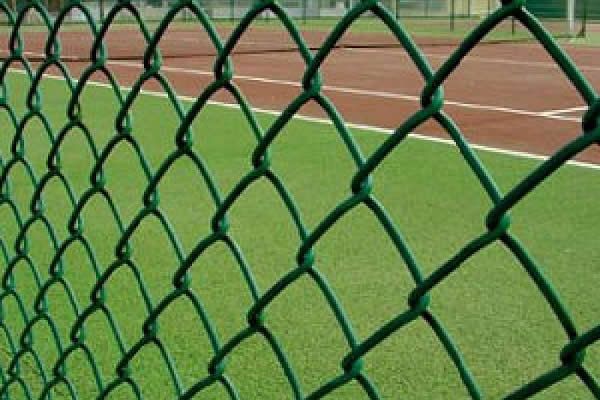 TEL:
+86-13102802206
TEL:
+86-13102802206
 Email:
fencenetting@china.com
Email:
fencenetting@china.com
 Language
Language
 TEL:
+86-13102802206
TEL:
+86-13102802206
 Email:
fencenetting@china.com
Email:
fencenetting@china.com
 Language
Language


The Importance of Barbed Wire Fences for Horses
Barbed wire fences are often utilized in agricultural settings and are especially important for managing livestock, including horses. Understanding the necessity and considerations surrounding the use of barbed wire for horse enclosures can help horse owners maintain the safety and well-being of their animals.
Why Choose Barbed Wire Fences?
Barbed wire fencing offers a rugged and efficient solution for property boundary management and animal containment. Its relatively low cost and easy installation make it an attractive option for many horse owners, particularly those with extensive properties to fence. The distinctive barbed design serves as a physical deterrent to both horses and potential intruders, making it an effective barrier that can withstand various weather conditions and environmental challenges.
Safety Considerations
Despite its advantages, using barbed wire for horse fencing comes with significant safety concerns. Horses, being large and powerful animals, can easily injure themselves on sharp barbs. Even a minor scrape can lead to severe wounds or infections, which are costly to treat and can take a considerable amount of time for a horse to recover from. As such, it's vital that horse owners consider safer fencing alternatives, such as smooth wire or board fencing, especially for high-energy horses that may be more prone to accidents.
Recommended Practices

If a barbed wire fence is deemed necessary due to budget constraints or property layout, several practices can mitigate risks. First, ensure that the fence is installed at a safe height that minimizes the likelihood of contact. Usually, a barbed wire fence should be at least five to six feet tall, with the barbs positioned higher to dissuade horses from jumping or leaning against the fence.
Additionally, it’s essential to maintain the fence regularly. Inspect for loose or protruding wires that could pose a hazard. Repair or replace damaged sections promptly to ensure the fence remains secure and safe for your horses. Whenever possible, consider adding a supplementary layer of fencing, such as electric fencing or smooth wire, inside the barbed wire. This alternative can provide an extra level of protection while containing your horses.
Training and Behavior
Training plays a crucial role in ensuring safe interactions with any fencing system, including barbed wire. Implementing consistent training practices helps horses learn to respect boundaries. Exposure to the fence should be gradual; allowing horses to acclimatize and learn to avoid contact with the wire can reduce instances of injury.
Conclusion
While barbed wire fences are a viable option for containing horses, they bring an array of considerations regarding safety and animal welfare. Educating oneself on proper fencing practices and understanding the behavioral aspects of horses can significantly reduce risks. As with any aspect of horse ownership, the ultimate goal should be creating an environment that promotes the health and happiness of your animals. The right fencing choice is crucial in achieving that, ensuring that both the property and the horses are safe and well-managed. By balancing cost-effectiveness with safety, horse owners can create a secure and harmonious living environment for their cherished equine companions.